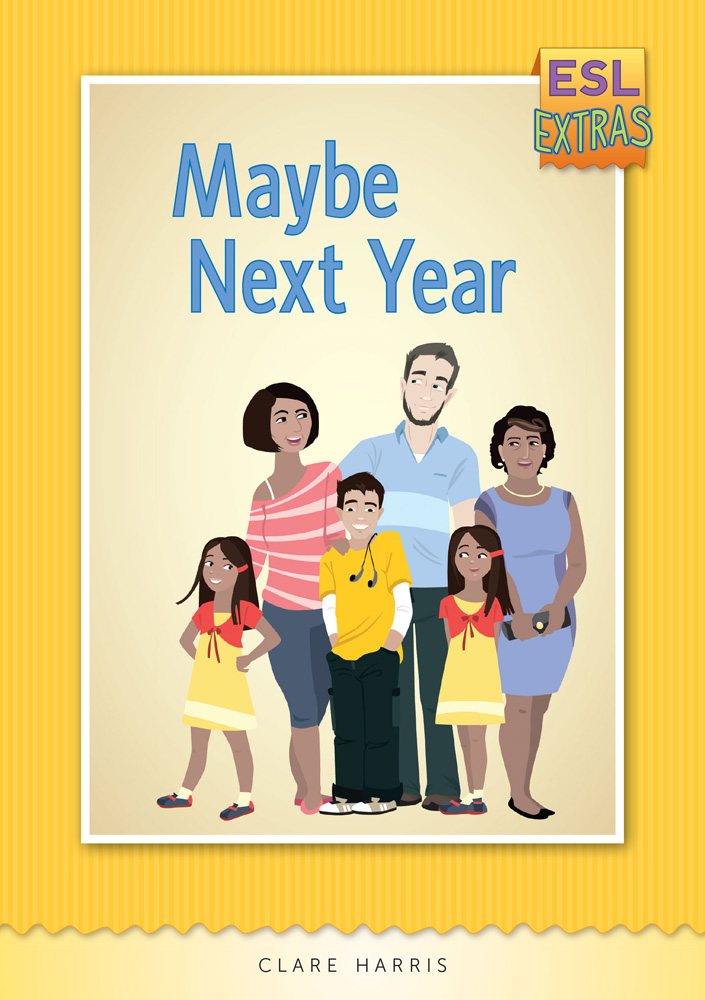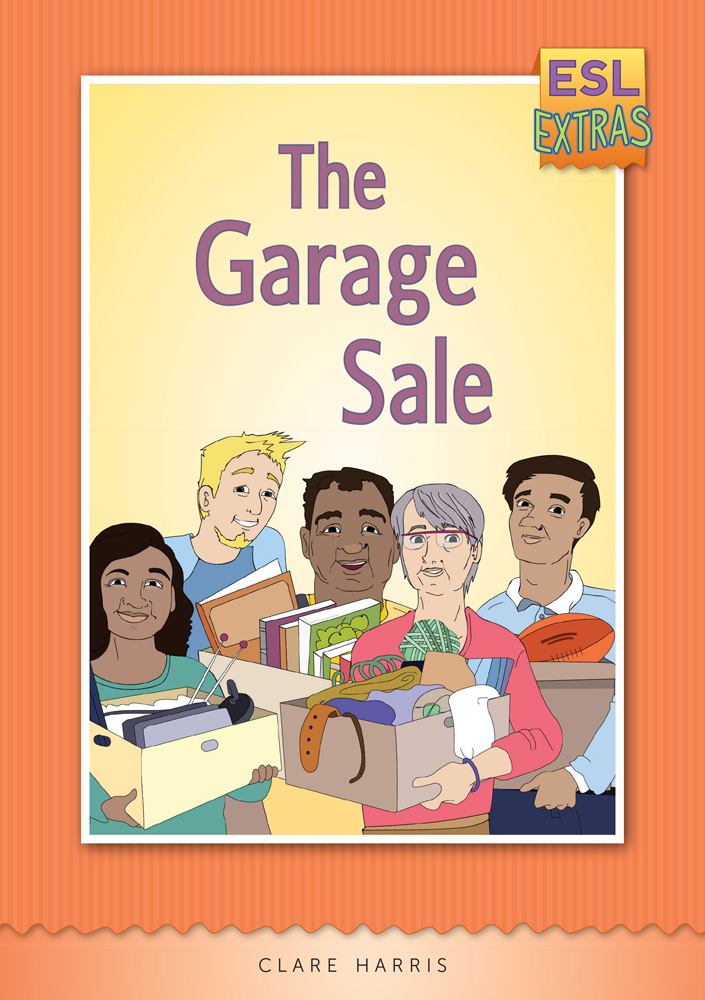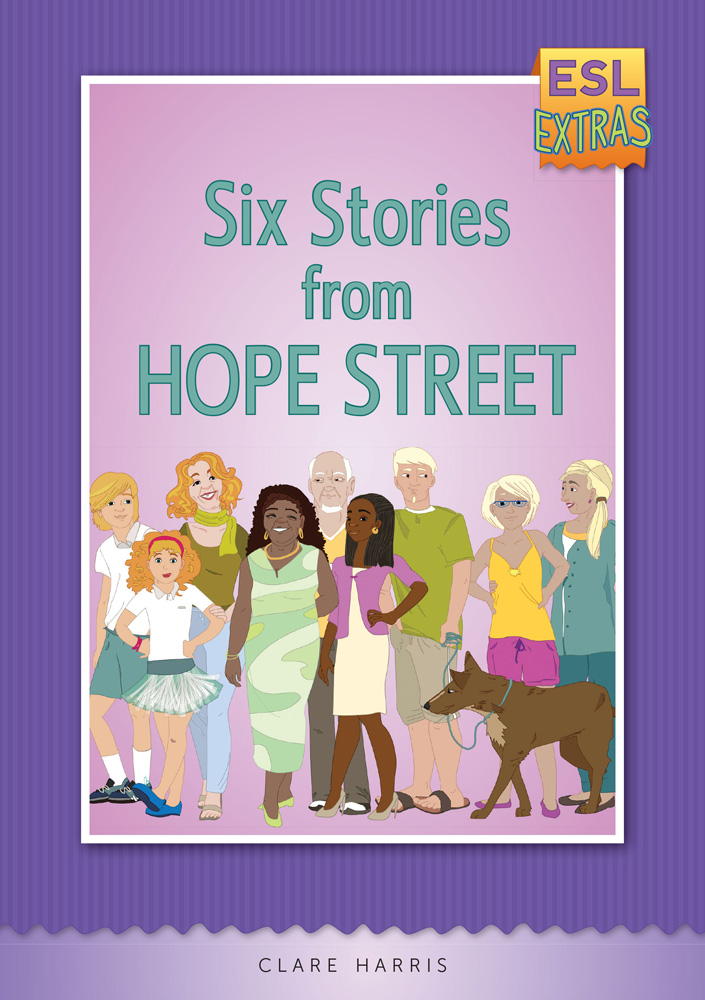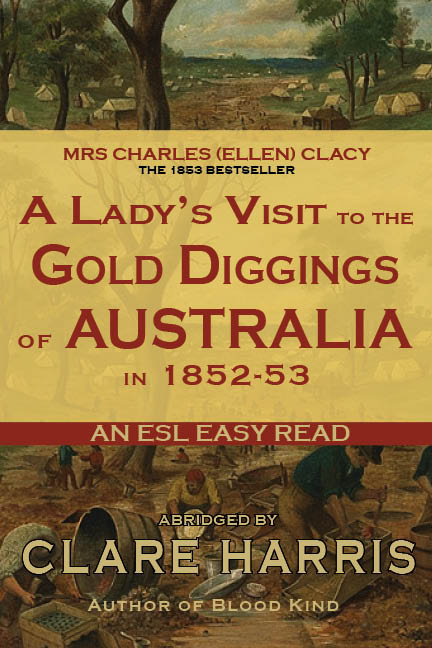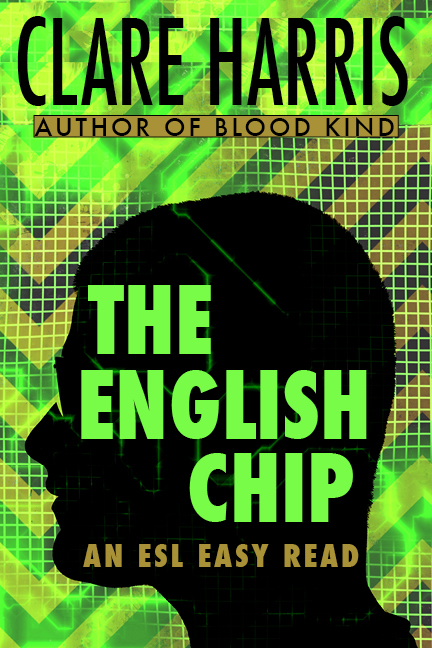Info
Learning differences in the ESOL/EAL classroom
Do you ever worry that students in your class might have a learning difference?
There’s plenty to read online on Specific Learning Difference/Difficulty, or specifically on Dyslexia (especially with a focus on systematic phonics instruction), but not so much on how it manifests when learning another language.
So, some resources that might help teachers or volunteer tutors:
- I highly recommend a MOOC (a free Massive Open Online Course) from the University of Lancaster, called Dyslexia and Foreign Language Learning. (The link is to a short introductory video.) It was an excellent course, and made me much more aware of the different ways in which a specific learning difference might manifest. It’s not just about adult language learning, but that is addressed, and a lot of the participants were teaching adults. I’ve blogged about the study experience on the clareharris.com website, at the start, middle, and post-course.
- Part of the course involved reading chapters from the book: Dyslexia in the Foreign Language Classroom by Joanna Nijakowska.
- She’s also one of the presenters in a series of four videos on Dyslexic Learners in the EFL Classroom from Pearson ELT.
- There’s also lots of information and a self-study course on the DysTEFL website. They run training, workshops etc in Poland, Greece and Slovenia (good excuse for a trip?)
- Only got 5 minutes? Wondering whether the problem is dyslexia or just the struggle to learn a new language? Watch the slide show by Martha Youman – Dyslexia or Second Language Learning? – which includes interesting points on how dyslexia might manifest in Chinese or Spanish.
- If you have a little longer (5o minutes, to be precise), look at the British Council/BBC “Teaching English” site, where Sally Farley talks about Identifying and Working with Dyslexic Students, emphasising dyslexia as a learning difference (with its own strengths) rather than a disability.
I’ll post more resources as I become aware of them. The great news is that most of the adaptations for specific learning difference will also benefit ESOL/EAL learners…

